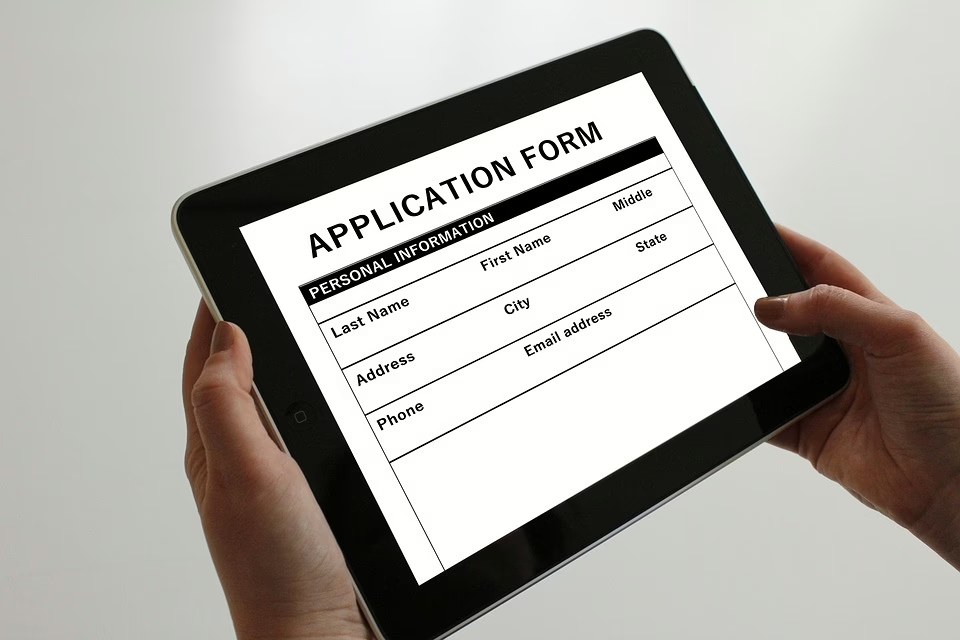Game Faces and Mindsets: The Role of Sports Psychologists in Competitive Sports
Introduction
In the world of competitive sports, success is often determined by a narrow margin. Athletes train rigorously, focus on their physical conditioning, and hone their technical skills. However, there’s an equally important, yet often overlooked, aspect of athletic performance: the mental game. Sports psychologists play a vital role in shaping athletes’ game faces and mindsets, helping them navigate the pressures of competition and achieve peak performance.
Understanding the Role of Sports Psychologists
Sports psychologists are professionals who apply psychological principles to enhance athletic performance. They work with athletes at all levels, from amateur to elite, and their services often span several critical areas including performance enhancement, mental resilience, and personal development. The primary goal is to help athletes develop a psychological toolkit that enables them to perform optimally under pressure.
1. Performance Enhancement
One of the foremost roles of sports psychologists is to help athletes achieve peak performance. This involves teaching mental strategies that can enhance focus, motivation, and confidence. Techniques such as visualization, goal-setting, and breathing exercises are commonly employed to help athletes prepare mentally for competition.
Visualization Techniques
Visualization, or mental imagery, is a powerful tool used by sports psychologists. This technique involves athletes imagining themselves successfully executing their skills and strategies before the actual competition. Research has shown that mental imagery can activate similar brain regions as physical practice, effectively allowing athletes to fine-tune their performance[^1].
Goal-Setting
Setting specific, measurable, achievable, relevant, and time-bound (SMART) goals is another essential technique employed by sports psychologists. The process of goal-setting helps athletes focus on what they can control and create a structured path toward improvement and success. Studies indicate that athletes who set clear goals are more likely to remain motivated and committed to their training regimens[^2].
Breathing Exercises
Breathing techniques are crucial for managing pre-competition anxiety. By focusing on controlled, deep breaths, athletes can ground themselves in the present moment and reduce feelings of panic or stress. This simple technique can significantly enhance an athlete’s performance by allowing them to maintain their composure during high-stakes scenarios[^3].
2. Mental Resilience
Mental resilience is a key trait for competitive athletes. Sports psychologists help athletes build resilience by fostering a growth mindset—the belief that abilities can be developed through dedication and hard work. This perspective not only enhances performance but also promotes a love for learning and improvement.
Growth Mindset
Carol Dweck’s concept of the growth mindset has been widely adopted in sports psychology. Athletes with a growth mindset view challenges as opportunities to learn rather than obstacles. This shift in perspective can lead to increased motivation and a greater willingness to push through adversity[^4]. Sports psychologists work closely with athletes to cultivate this mindset, emphasizing the importance of persistence and effort.
Coping Strategies
Coping strategies are essential for navigating setbacks and failures. Sports psychologists teach athletes how to reframe negative experiences and utilize them as learning opportunities. This could involve analyzing what went wrong in a competition and identifying ways to improve in future events, rather than dwelling on disappointment[^5].
The Psychological Demands of Competitive Sports
Competitive sports place unique psychological demands on athletes, from the pressure to perform to the fear of failure. Understanding these demands is crucial for sports psychologists, as they tailor their approaches to meet the specific needs of each athlete.
1. Pressure and Performance Anxiety
The pressure to perform can create significant anxiety for athletes. This anxiety can manifest both physiologically and psychologically, leading to decreased performance. Sports psychologists help athletes develop strategies to manage this pressure effectively.
Mindfulness Techniques
Mindfulness techniques, including meditation and body awareness exercises, can help athletes become more attuned to their thoughts and feelings. By practicing mindfulness, athletes learn to remain focused and present during competitions, reducing the impact of anxiety on their performance[^6]. This technique assists in desensitizing athletes to pressure, making them more resilient under intense situations.
2. Fear of Failure
The fear of failure can hinder an athlete’s performance and lead to paralysis in high-pressure situations. Sports psychologists assist athletes in reframing their perceptions of failure, promoting the idea that failure is a natural part of the growth process.
Reframing Failure
By using cognitive restructuring techniques, sports psychologists help athletes identify and challenge negative thoughts associated with failure. This process enables athletes to develop a healthier relationship with failure, viewing it as an opportunity for growth rather than a definitive end[^7]. Through this reframing, athletes are more likely to take risks and push their boundaries.
The Process of Working with Athletes
The collaboration between sports psychologists and athletes is a dynamic process that entails a range of interventions tailored to the individual athlete’s needs. This process includes initial assessments, goal-setting, interventions, and ongoing evaluation.
1. Initial Assessments
Sports psychologists often begin their work with athletes by conducting initial assessments to evaluate their mental skills, emotional states, and specific challenges. This assessment phase can include interviews, questionnaires, and standardized tests to gain insights into the athlete’s current mental state and performance.
Identifying Strengths and Weaknesses
By assessing various mental skills, sports psychologists can identify an athlete’s strengths and potential areas for improvement. This knowledge guides the development of a customized intervention plan that addresses the athlete’s unique needs. For example, a swimmer struggling with anxiety might focus on relaxation techniques, while a golfer seeking to enhance focus could incorporate visualization strategies[^8].
2. Goal-Setting
Once assessments are complete, sports psychologists work collaboratively with athletes to establish clear, achievable goals. These goals serve as the roadmap for future sessions and interventions, ensuring that athletes remain focused and motivated throughout their training.
Creating Action Plans
The steps to attain these goals often include delineating specific action plans or tactics to help athletes reach their benchmarks. Athletes are taught to break down larger goals into smaller, manageable tasks, making them less overwhelming and more achievable. This structured approach fosters a sense of accomplishment as athletes meet milestone goals[^9].
3. Regular Interventions
Regular intervention sessions can include a variety of techniques, such as visualization exercises, breathing practices, cognitive restructuring, and general mental skills training. Depending on the needs of the athlete, adjustments are often made to ensure that the interventions remain effective.
Feedback and Evaluation
Ongoing feedback is critical for success. Sports psychologists encourage athletes to reflect on their mental performance regularly, evaluating the effectiveness of the strategies employed. By keeping an adaptive approach, sports psychologists can fine-tune kinks in the intervention process and better align with the athlete’s evolving needs[^10].
Case Studies: The Impact of Sports Psychology
Sports psychology has established its significance over the years, and various case studies demonstrate its effectiveness across different sports.
1. Michael Phelps: Overcoming Mental Blocks
Michael Phelps, the most decorated Olympian of all time, has openly discussed his struggles with mental health and performance anxiety. Facing immense pressure, he turned to sports psychologists to help him manage anxiety and develop resilience. By employing visualization techniques and coping strategies, he was able to achieve remarkable feats despite facing personal challenges[^11].
2. Serena Williams: Building Mental Toughness
Serena Williams, a dominant figure in women’s tennis, has emphasized the role of her sports psychologist in building mental toughness. Williams engages in visualization, mindfulness, and positive self-talk, enabling her to thrive in high-pressure matches. Her commitment to sports psychology contributes significantly to her success, reinforcing the notion that mental strength is just as critical as physical prowess[^12].
3. The Role of Sports Psychologists in Team Sports
In team sports like football and basketball, the influence of sports psychologists extends beyond individual players. Successful teams often incorporate sports psychologists to enhance overall team dynamics, communication, and collective resilience.
Team Cohesion
Sports psychologists facilitate workshops and training sessions focused on team building, conflict resolution, and communication skills. By fostering a strong team culture, athletes can feel more cohesive and supported, enhancing overall performance on the field[^13].
The Future of Sports Psychology
As competitive sports evolve, the role of sports psychologists is becoming increasingly vital. Various trends indicate a future where mental performance training is as standard as physical training.
1. Technological Integration
Emerging technologies, such as virtual reality (VR) and biofeedback, are poised to revolutionize sports psychology. Athletes can engage in immersive VR experiences that simulate real-life competitive scenarios, allowing them to practice mental skills in a controlled environment[^14]. Biofeedback mechanisms facilitate real-time monitoring of physiological states, aiding athletes in understanding their mental responses to stress and pressure.
2. Increased Awareness and Acceptance
As mental health awareness grows, athletes and their organizations are increasingly recognizing the value of mental performance training. Sports teams are integrating sports psychologists into their standard staff, normalizing the practice of mental conditioning alongside physical training. This trend is expected to produce more mentally resilient athletes who are prepared to excel in the face of adversity[^15].
Conclusion
The interplay between an athlete’s game face and mindset is complex and multifaceted. Sports psychologists play an integral role in shaping these dimensions, helping athletes navigate the psychological demands of competitive sports. Through performance enhancement tools, resilience-building techniques, and collaborative approaches, sports psychologists empower athletes to excel in their fields, proving that the mental game is as essential as physical endurance. As the landscape of sports continues to evolve, the expertise of sports psychologists will become even more essential, paving the way for a more holistic approach to athletic excellence.


























Add Comment